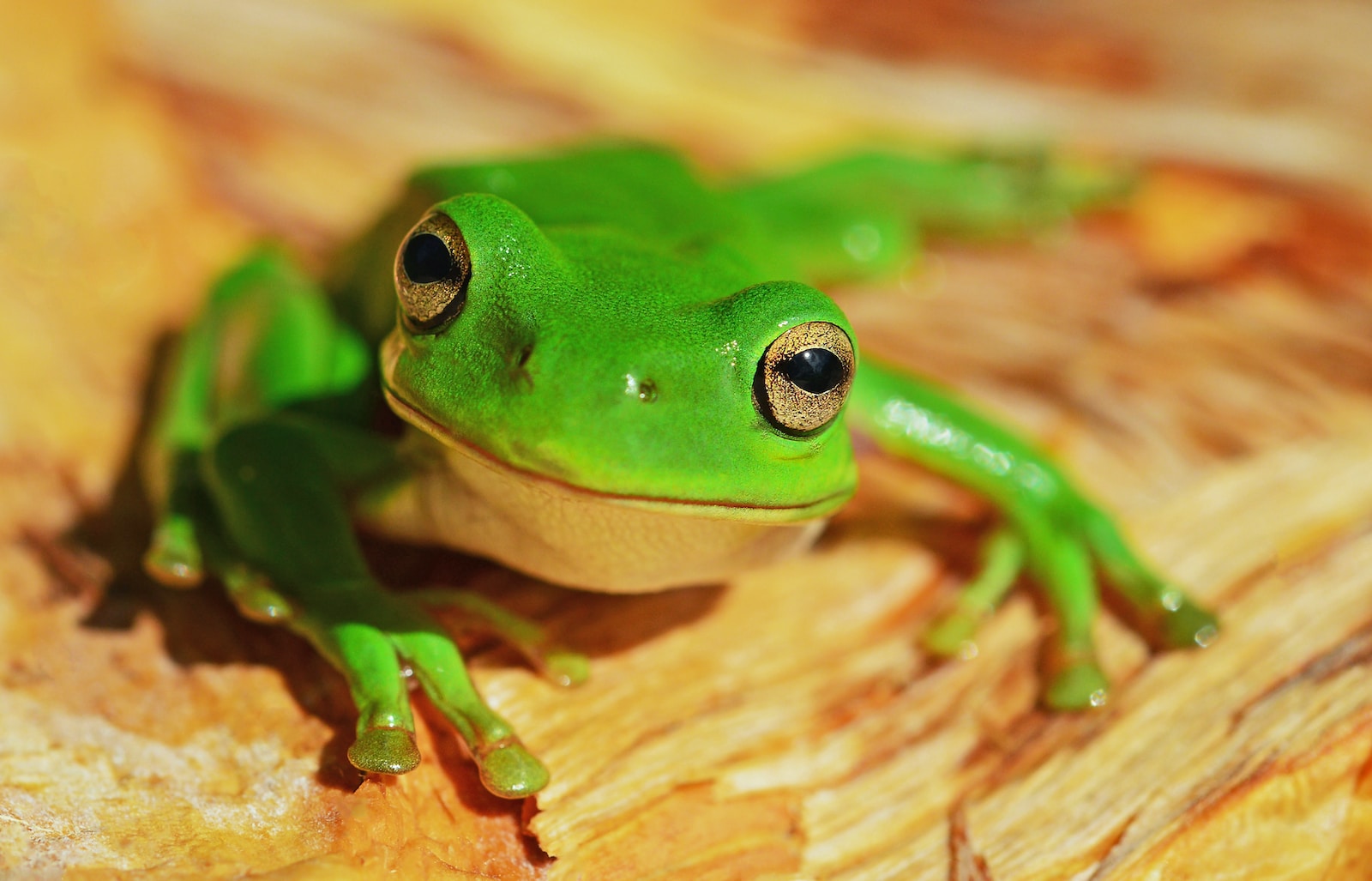Frogs advertise for mates by loudly calling in streams and swamps at night. But they also vary wildly in their mating behaviors.
Most frogs engage in a behavior known as amplexus, which involves the male climbing aboard his female in some form of mating hug. This allows him to fertilize her eggs.
Fertilization
Frogs have evolved a dizzying array of mating strategies, says UC Berkeley postdoctoral fellow Rayna Camille Bell. “There’s so much variation in how they do it.”
Male frogs advertise their readiness to mate by calling, often loudly, from possible breeding sites such as swamps and streams. Female frogs then move towards those calls and select the male they prefer to breed with. The selected frogs then engage in an external fertilization process through amplexus.
In amplexus, a male grasps his partner’s forearms with his hands in a position known as inguinal amplexus or, alternatively, clasps her behind the shoulders or arms (axillary amplexus). During this time, the female releases eggs into water and the male fertilizes them with sperm, forming zygotes. The zygotes then develop into froglets after they hatch and grow up to be adults.
For frogs that are prone to heaving group mating, like some Asian treefrog species, the males may choose a different strategy. They might mate in quick bursts, with the males pressing their forelimbs against the female’s back and grabbing her nuptial pads in a position called gripping amplexus. Males in this species also tend to have enlarged thumbs during mating season, which is likely an adaptation that helps them better hold onto their female partners. This way, the frogs avoid being swept away by other males that may be trying to horn in on the action.
Amplexus
Frogs often advertise their readiness to mate through croaking calls in the wild. Once a male and female find each other, they will typically embrace in a mating position known as amplexus. In most frog species, this is done by the male jumping on top of the female and gripping her around the waist or behind the arms. Because the vast majority of frog species fertilize their eggs externally, this positioning helps ensure that the female’s eggs are fertilized as soon as they’re released.
However, not all amplexus positions are created equal. In fact, scientists have now discovered seven different types of amplexus in amphibians, including one known as a “dorsal straddle” that was recently observed in Bombay Night Frogs (Nyctibatrachus humayuni). These frogs are much smaller than most frog species and their short arms can’t reach all the way around the body of the female to grab her tightly. To overcome this problem, frogs in this study used a rather unique strategy: They glued themselves to their mates by secreting mucus from their skin.
This new method of amplexus, which researchers call “glued amplexus,” is the most complex yet. In addition to gluing themselves to their mates, the male and female also lock their legs together in this position. The locking of the legs is an important part of this process, as it helps to ensure that sperm are distributed evenly throughout the eggs and into the female’s reproductive tract.
Asexual reproduction
While the vast majority of frogs give birth to live young, a few species use a different method. For some, this means asexual reproduction through the laying of eggs that are never fertilized. In other cases, a single female will lay thousands of unfertilized eggs, which she will retain in her body until they are ready to hatch.
In a new study, researchers discovered one more way that frogs can reproduce through asexual methods. The team, led by SD Biju from the University of Delhi in India, studied Bombay night frogs (Nyctibatrachus humayuni). This small frog is native to the western Ghats mountain range in India.
During mating, the male climbs onto the back of his lady love in a classic mating position called amplexus. The sperm can then trickle down the female’s body until it finds and fertilizes her eggs, which she will later lay at the end of her ovipositor.
The female frog can hold thousands of eggs, but it can be difficult for her to find the right spot for them inside her body. This is because her eggs are larger than her, so they can be hard to spot. In many cases, a frog will use a unique strategy called “glued amplexus” to get around this issue. During this, the male frog will glue his arms to the female using mucus skin secretions, which allows him to keep his grip on the eggs throughout fertilization.
Sexual selection
Many frogs seek out their mates in a particular environment and at a particular time of year. They may do this in the Spring in temperate climates, rainy or monsoon seasons elsewhere, and all year round in rainforests. When the male frog and female frog find each other, they engage in an embrace known as amplexus. The embrace is tight enough to cause a contraction in the female that triggers her to expel a gelatinous mass of eggs, stimulating the male to release his sperm to fertilize the eggs. The male and female frogs can then separate. Male and female frogs don’t have external genitalia, so they have to use their vocal sacs and other distinguishing traits to communicate with each other.
After mating, the frog will deposit her eggs in water. Some frog species have evolved to spawn their eggs on land instead of in open water, perhaps because it’s easier for them to protect the eggs and tadpoles from predators. The Bombay night frog, for example, deposits its eggs in heaves on the bank of fast-flowing streams, and then secretes a protective layer of mucus around its eggs. The eggs then hatch into tadpoles, and then into froglets.
But if the frogs aren’t careful, their rivals can try to dislodge them from their chosen spots. For this reason, the researchers of the spotted frog study report that they found that mating frogs exhibit a bright yellow coloration in their skin during this time of year. The authors of the study believe that the bright color serves as a signal to other frogs not to interfere in their mate’s territory.




